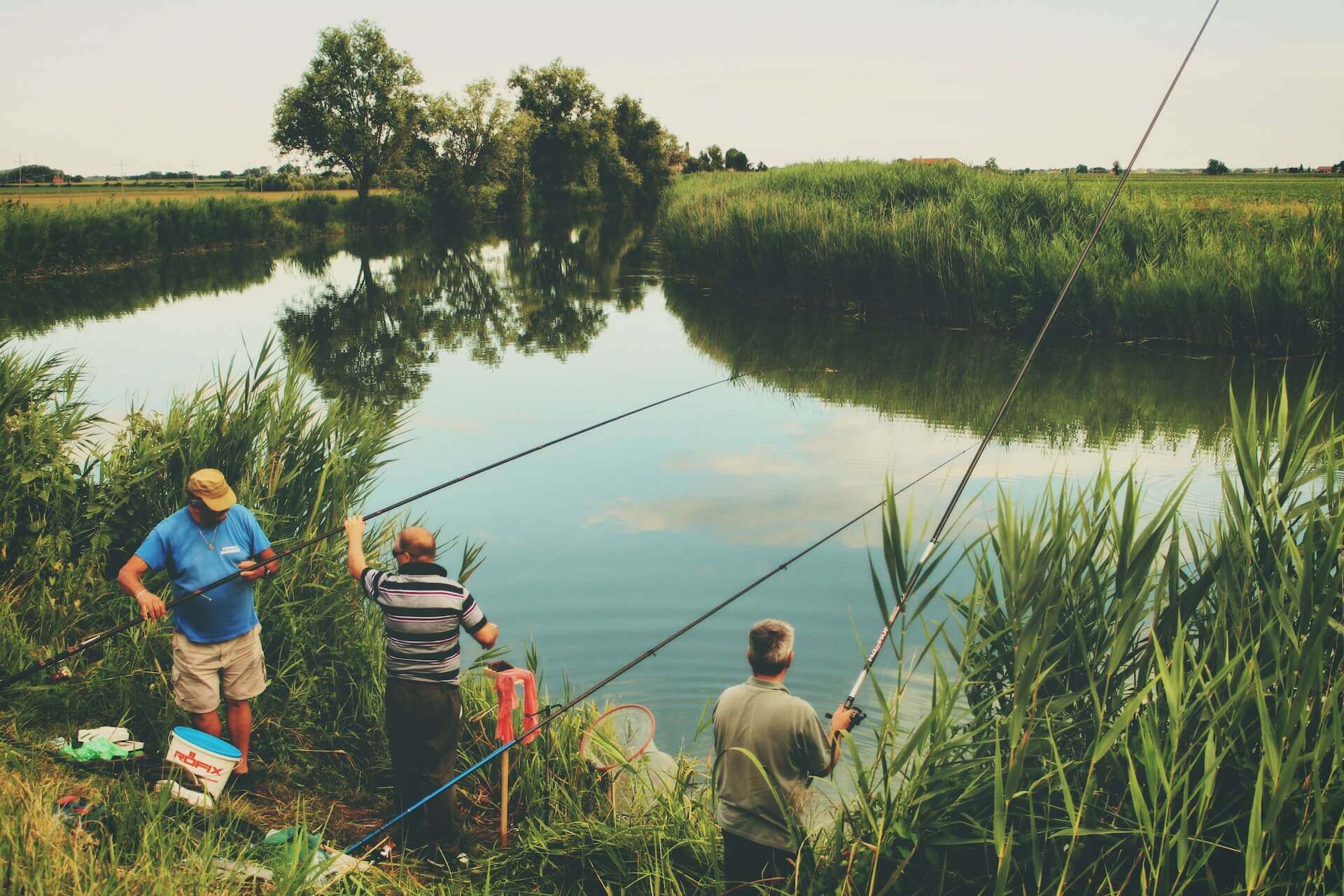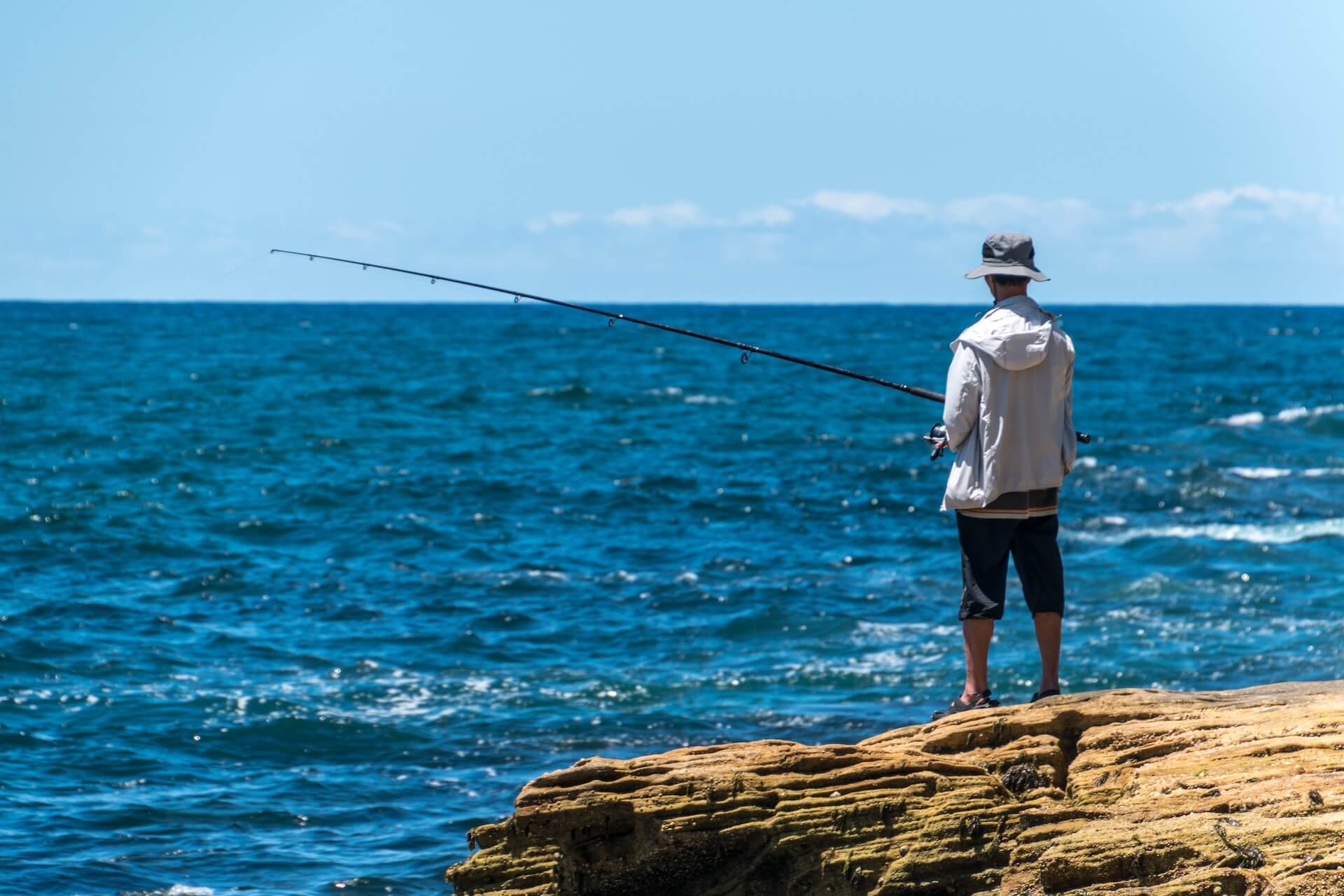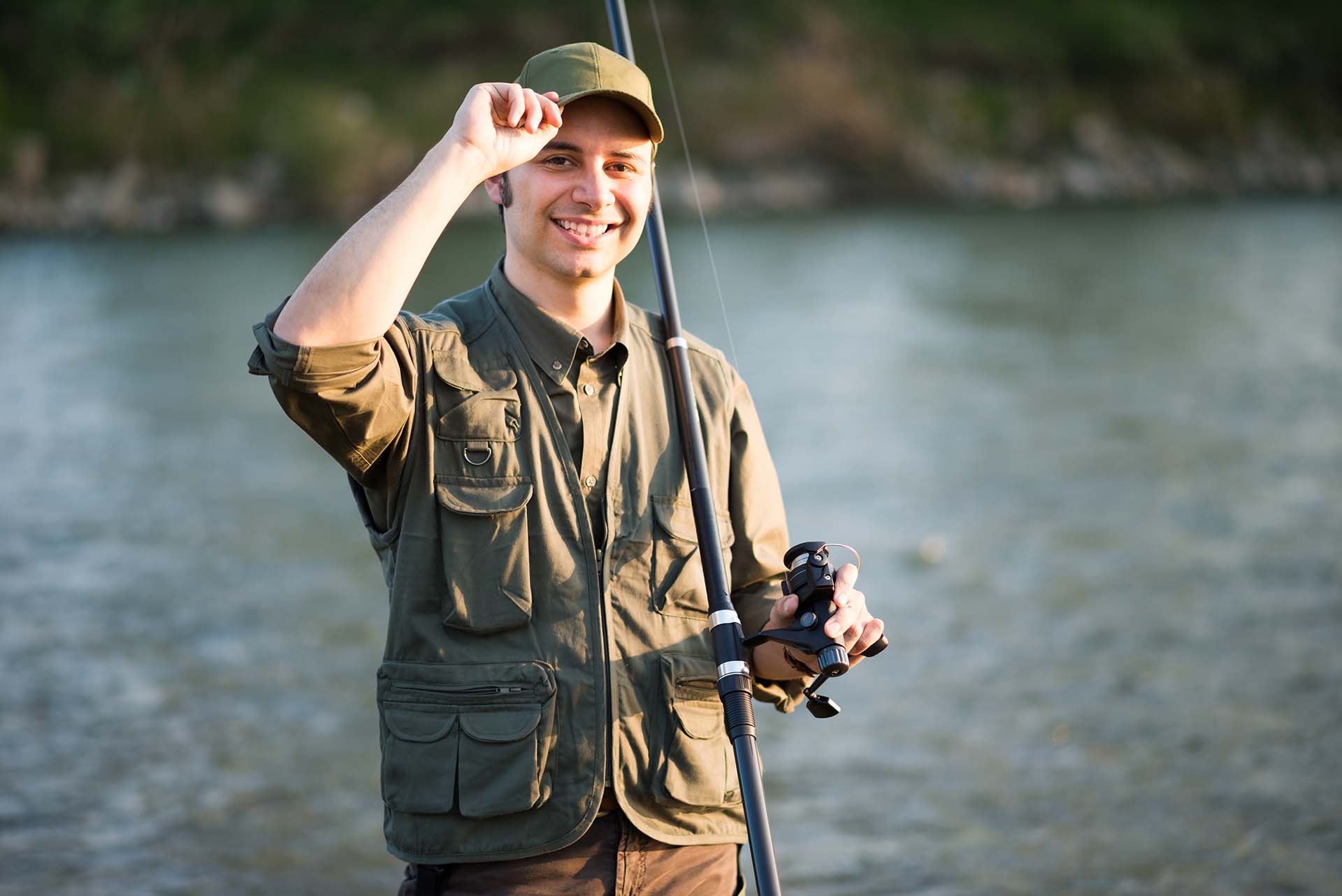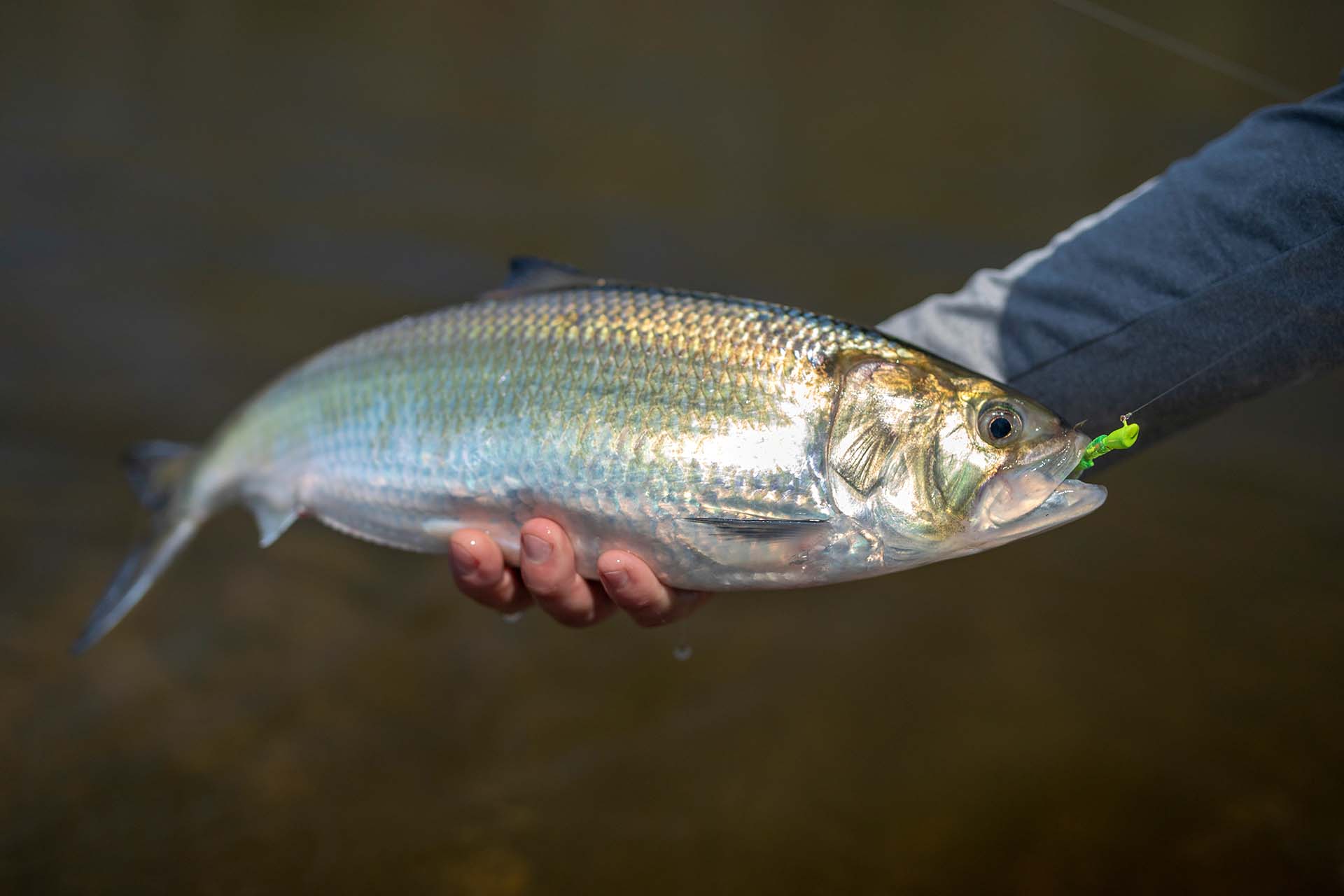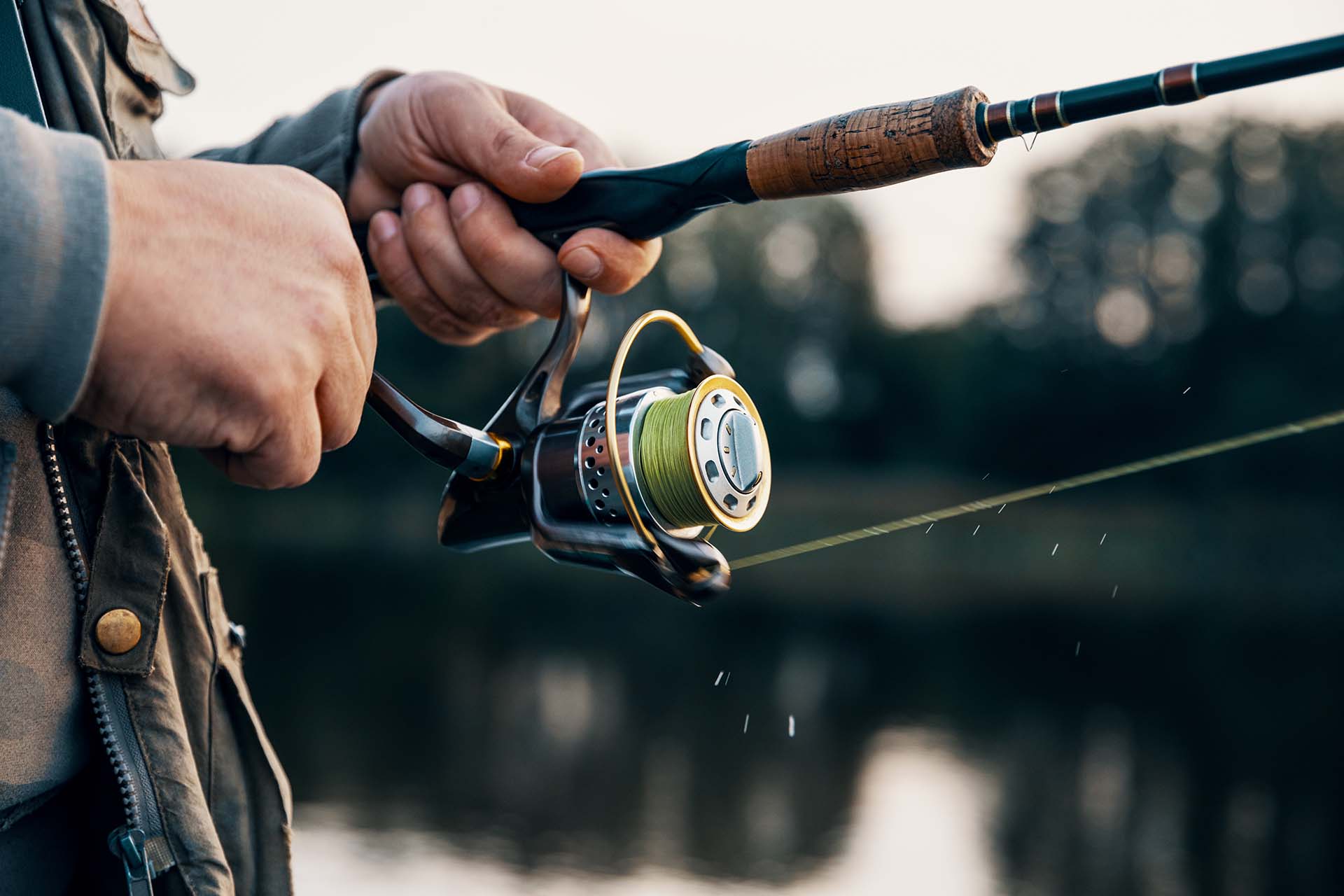Are you tired of hearing your fishing friends boast about their expertise in a type of fishing technique you’ve never even heard of? Well, grab your tackle box, and let’s dive into the wacky world of different types of fishing! From jigging to trolling, we’ll help you decipher the jargon and find the perfect technique for your next fishing adventure. You’ll be the one making the catch of the day, and your friends will be left with nothing but a fish tale to tell!
What is Freshwater Fishing?
This is a type of recreational fishing that takes place in bodies of water that have a low salt concentration, such as lakes, ponds, rivers, and streams. It typically targets species such as bass, trout, and catfish.
Another characteristic of freshwater fishing is the equipment used. Anglers typically use lightweight rods and reels and may use bait or lures to attract fish. Many also use a variety of different techniques to catch fish, such as casting and retrieving, jigging, or fly fishing.
Fly Fishing Is a Popular Technique
This is a type of fishing technique that involves using an artificial fly as bait to catch fish. The fly used is typically made of feathers, fur, and other natural materials that imitate the appearance and movement of insects, fish, or other small prey. The fly is attached to the end of a long, thin line and is cast using a specialized fly rod.
The casting technique used in fly fishing requires a smooth, fluid motion to send the fly accurately and delicately toward the fish. The angler uses a series of graceful motions to cast the line and fly and must be skilled in reading the water and anticipating the fish’s movements in order to be successful.
You Can Also Try Baitcasting
This fishing technique involves using a baitcasting reel, rod, and lure to catch fish. The baitcasting reel is mounted on the top of the rod and is designed to help the angler cast the bait accurately and with distance. This type of fishing is most commonly used for targeting larger freshwater fish species, such as bass and pike.
The lure used in baitcasting is typically heavier than other fishing lures and may include features such as hooks, spinners, or soft plastics. The angler casts the lure using a technique that involves releasing the spool of the baitcasting reel with their thumb while flicking their wrist to send the lure flying towards the water.
Baitcasting requires a bit of skill and practice to master. The angler must learn how to control the spool speed and adjust the tension on the line to prevent backlash or tangling. The technique also requires a bit more effort and strength than other fishing techniques, as the angler must use their wrist and arm to cast the heavier lure.
Beginners Can Also Try Spinning
Spinning is a popular fishing technique that involves using a spinning reel, rod, and lure. This technique is often used in both freshwater and saltwater fishing and is popular among anglers of all skill levels.
The spinning reel is mounted on the bottom of the spinning rod and is designed to help the angler cast the bait accurately and with distance. The lure used in spinning may include features such as hooks, spinners, or soft plastics. The angler casts the lure using a technique that involves pulling the line with their finger and flicking their wrist to send the lure flying toward the water.
One of the benefits of spinning is that it allows the angler to cover a lot of water quickly and efficiently. This technique is also great for fishing in areas with limited space, as the angler can cast the lure with precision and accuracy even in tight spaces.

What is Saltwater Fishing?
Saltwater fishing is a type of activity that takes place in bodies of water with a high salt concentration, such as oceans, seas, and saltwater bays. This type of fishing is often done for sport, but it can also be a means of subsistence for some coastal communities.
Saltwater fishing typically targets species such as tuna, marlin, and shark. It is also typically done from larger boats and may involve fishing at deeper depths. Anglers typically use heavier and more durable rods and reels, as well as larger and more robust lures and bait. Many saltwater anglers also use a variety of different techniques to catch fish, such as trolling, bottom fishing, and casting.
Try Surfcasting
This is a popular saltwater fishing technique that involves casting a fishing line from the shore into the surf zone, where waves are breaking. It is a challenging but rewarding technique that requires skill and patience.
To do it, you need the right equipment, such as a spinning reel and a strong fishing line. A surf rod is typically 9-12 feet long with fast action and heavy power to handle large fish and long casts.
You also need to think about baits. Popular baits for surfcasting include clams, sandworms, and cut bait like squid or mackerel. When you pick the bait you need to work on casting technique. To cast, stand with your feet shoulder-width apart and hold the rod with both hands.
Trolling Might Be For You
This is a fishing technique that involves slowly moving a bait or lure through the water behind a moving boat. The goal of trolling is to cover a large area of water and target fish that are actively feeding or searching for prey.
To do it you need the right equipment, such as a trolling rod, reel, and strong fishing line. Also, choosing bait or lure is important. Popular baits for trolling include live bait like anchovies, sardines, or squid or artificial lures like trolling plugs or spoons.
Finally, don’t forget to determine the trolling speed. The speed at which you troll can vary depending on the species you are targeting and the type of bait or lure you are using. As a general rule, trolling speeds range from 2 to 6 knots.
Trolling can be a highly effective way to target a variety of saltwater species, including tuna, marlin, and dorado. With the right equipment, bait, and technique, you can increase your chances of landing a big catch.
Jigging is a Popular Fishing Technique
This is a popular saltwater fishing technique that involves vertically bouncing a weighted lure or jig off the bottom of the ocean floor to entice fish to strike. This technique is especially effective when targeting species that feed close to the ocean floor, such as cod, snapper, and grouper.
But before you do it, don’t forget to obtain the necessary equipment. Jigging requires specialized fishing gear, including a jigging rod, reel, and strong fishing line. A jigging rod is typically 5-6 feet long with fast action and heavy power to handle large fish and heavy jigs.
Choose a jig that is appropriate for the species you are targeting and the depth at which you are fishing. Jigs come in a variety of shapes, sizes, and colors, and can be rigged with hooks, skirts, or soft plastics. To entice fish to strike, it’s important to vary your jigging technique by changing the speed, depth, and rhythm of your jigging. You can also try different jigging motions, such as a slow, steady retrieve or a fast, erratic retrieve.
Jigging is a fun and exciting way to target saltwater species and can be done from a boat or from the shore. With the right equipment, jig selection, and technique, you can increase your chances of landing a big catch.

Freshwater Fishing vs Saltwater Fishing – Which One Is the Best Choice for You?
Deciding between freshwater fishing and saltwater fishing ultimately comes down to personal preference, as both offer unique experiences and challenges. However, there are some factors to consider. For starters, location. Consider which location is more accessible to you and which one offers the type of fishing experience you are looking for.
Also, saltwater fishing offers a wider variety of species to target, including large game fish like marlin, tuna, and sailfish. Freshwater fishing, on the other hand, includes trout, bass, and catfish.
Next, saltwater fishing typically requires more specialized gear and equipment, such as larger boats, heavier rods and reels, and saltwater-resistant tackle. Freshwater fishing can be done with simpler gear and equipment, making it more accessible for beginners.
Ultimately, the best choice between freshwater and saltwater fishing depends on your personal interests and preferences. Consider the factors listed above and choose the type of fishing that best aligns with your goals and budget.
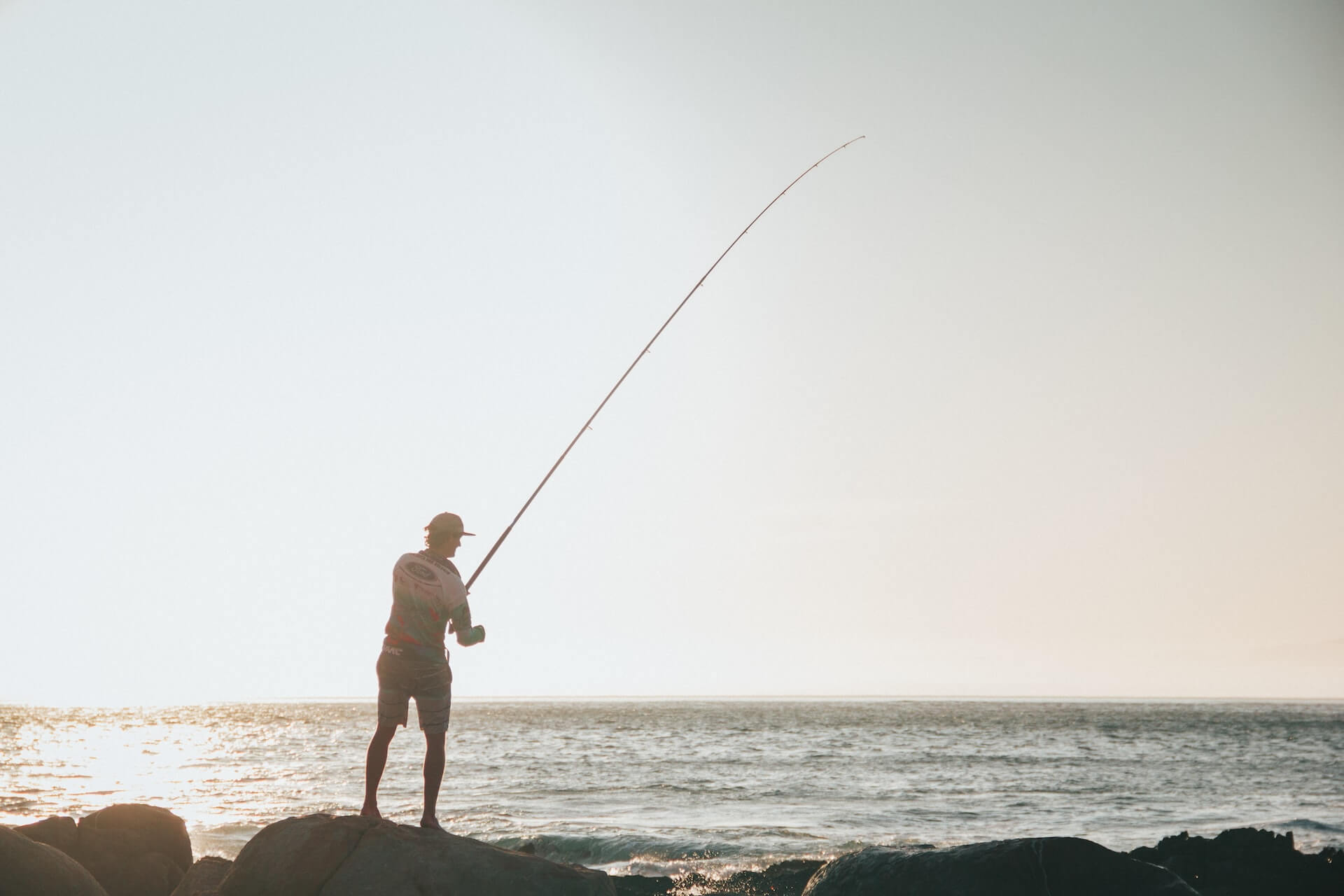
What a Catch! A Witty Summary of the Many Types of Fishing
From the peaceful solitude of fly fishing to the adrenaline rush of surfcasting, there is something for everyone to enjoy. Understanding what is fishing and what kind of different types of fishing are there allows you to explore new techniques, species, and environments. So, grab your rod, find your preferred type of fishing, and get ready to make some unforgettable memories on the water. Happy fishing!

